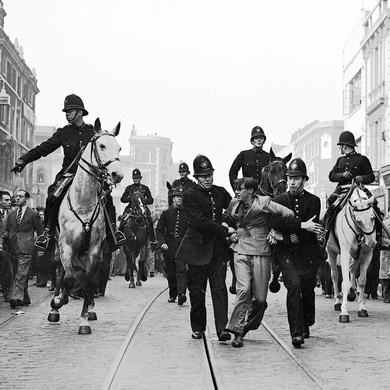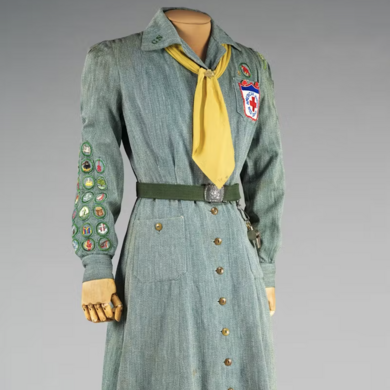During the 15th century, towards the end of Emperor Akbar’s reign over the Indian peninsula, Persian artists flocked to his court, where they learned to paint Indian flora and fauna. This was Mughal painting, and Akbar’s successors largely maintained his patronage of the arts. When Aurangzeb took the throne in the 17th century, and banned music and painting, artists flocked north and introduced Mughal work to other princely courts. The Mughal period ended in the 19th century, when the British colonized the country and began to influence Indian style. This exhibition covers four centuries and divides the work into three themes: court, epic, spirit. Highlights include an early Imperial Mughal manuscript, 17th-century ragamala paintings, and a late-18th-century Mughal-style pleasure pavilion (on view at the gallery’s Bushwick location). —Elena Clavarino
The Arts Intel Report
Court, Epic, Spirit: Indian Art, 15th–19th Century

When
Jan 26 – Mar 24, 2022
Where
Etc
Master at the Court of Mankot, “A Man of Commanding Presence,” c. 1700–1730. Courtesy of Luhring Augustine, New York, and Francesca Galloway, London.
Nearby
1
American Museum of Natural History



